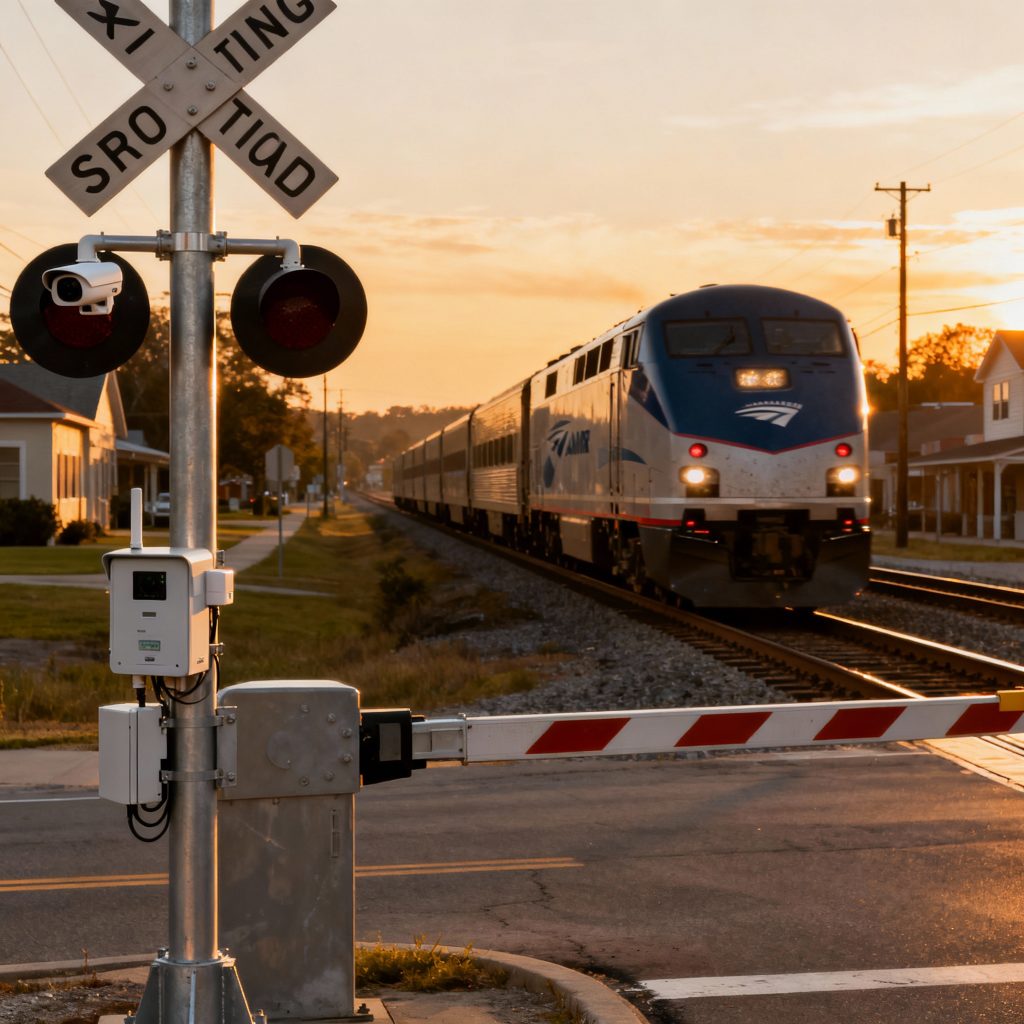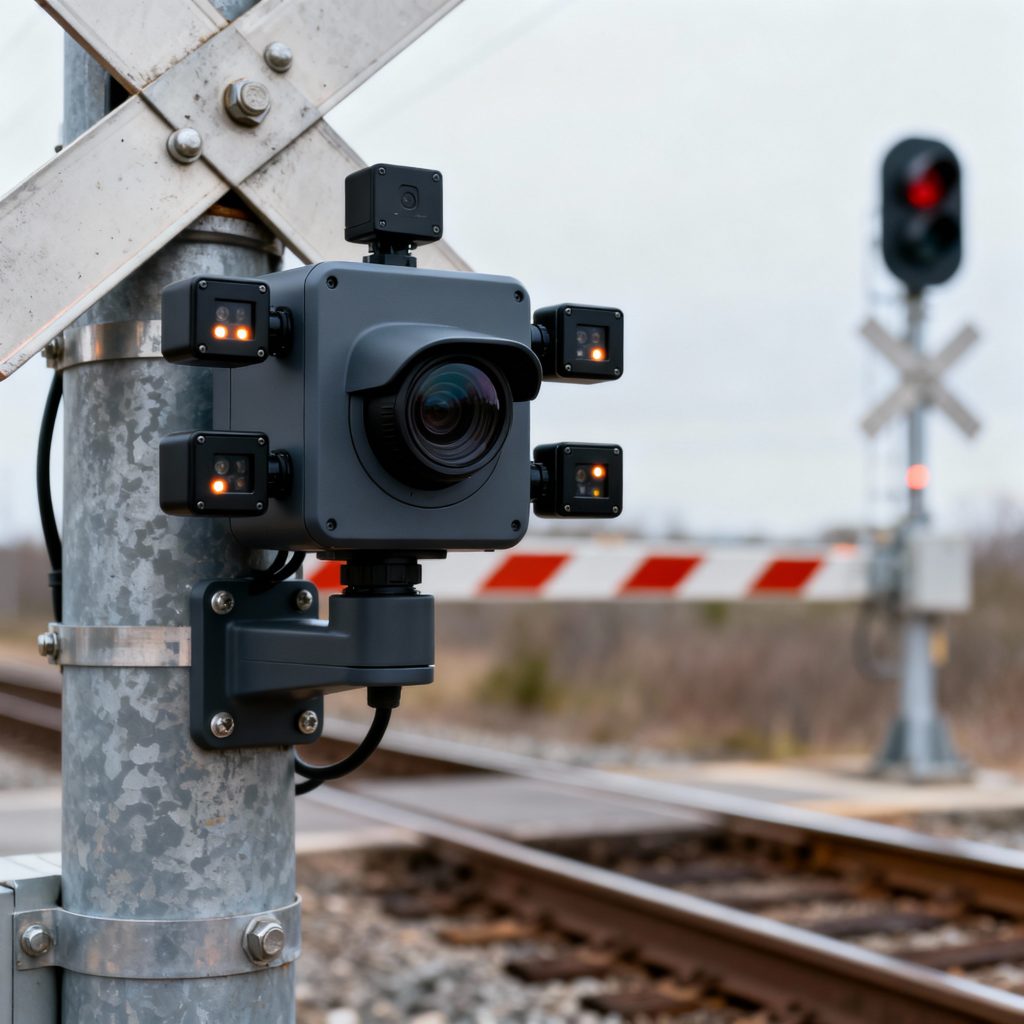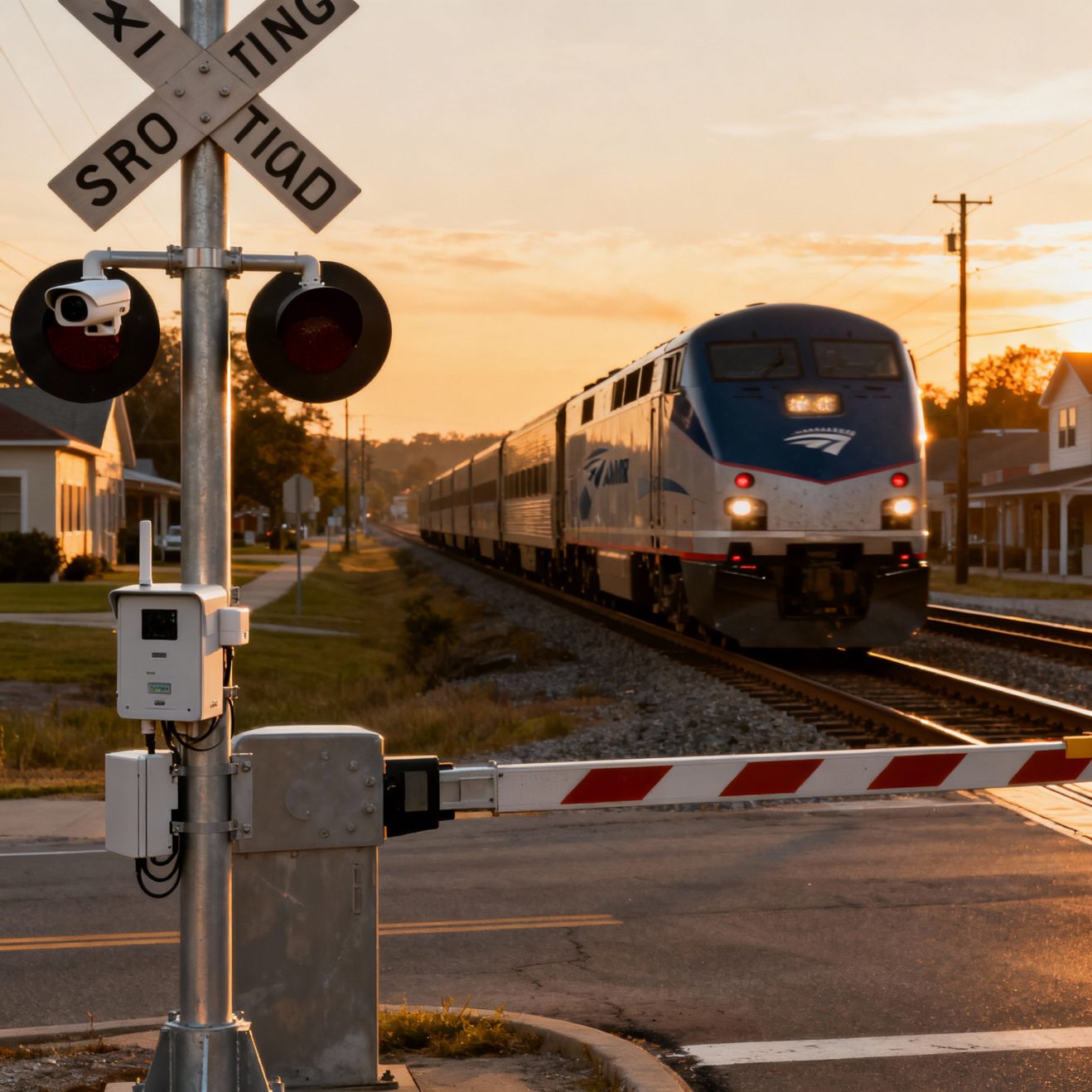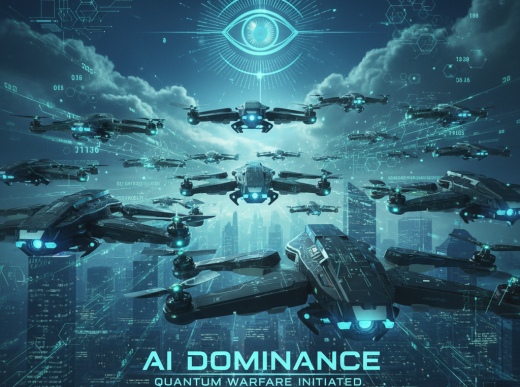Direct summary:
In response to tragic train-car collisions like the 2025 Pass Christian Amtrak accident, city and state governments have powerful opportunities to save lives by adopting AI-powered detection systems, upgrading crossing infrastructure, and executing data-driven public safety campaigns. Success depends on securing funding, building partnerships, creating regulatory frameworks, training workforce, and engaging communities.
“Combining AI technology with traditional safety improvements provides a crucial opportunity to reduce accidents and save lives at railroad crossings.”
Introduction
The tragic Amtrak train collision in Pass Christian, Mississippi, in 2025 that resulted in two fatalities has brought the issue of railroad crossing safety into sharp focus. With passenger rail service returning to the Gulf Coast after years of dormancy, the urgency to prevent future fatalities is clear. While traditional infrastructure improvements remain vital, advancements in artificial intelligence (AI) present novel opportunities to transform rail safety.
State and local governments can harness AI, updated engineering, and community education to build a comprehensive safety framework. This article explores what governments can do, the technological and operational steps necessary, and the commitments required to deploy AI-enhanced safety at railroad crossings.
“The future of rail safety lies at the intersection of smart technology and informed community engagement.”

Title: AI-Powered Safety at Railroad Crossings
What Governments Can Do to Improve Railroad Crossing Safety
AI-Powered Detection and Warning Systems
Deploying AI-based cameras and sensors at critical crossings enables real-time monitoring of tracks for stalled vehicles, pedestrians, or debris. These systems use machine learning to differentiate hazards and immediately alert train operators and emergency responders, allowing for rapid reaction times. Learn more about automated video inspection systems for grade crossing safety.
Beyond hazard detection, AI systems can analyze crossing traffic and train schedules to dynamically modulate gate lowering and warning signals, minimizing risk especially at high-speed crossings. For example, lowering gates earlier when a train is approaching at top speed, or holding gates down longer if vehicles are detected near tracks.
Implementing these systems at key high-risk crossings has the potential to drastically reduce collisions by addressing the limitations of fixed-timing gates and human error.

Title: Intelligent Surveillance and Detection Systems
Infrastructure Upgrades and Roadway Improvements
Physical improvements remain foundational. Cities and states can:
- Level crossing approaches to prevent vehicles from getting stuck, a common cause of collisions.
- Enhance signage, lighting, and visibility at crossings.
- Upgrade barriers with longer arms or automated closing mechanisms.
- Invest in grade separations (overpasses or underpasses) to completely eliminate at-grade crossing hazards, especially in urban or high-traffic areas.
Mississippi’s Department of Transportation (MDOT) has initiated projects in coastal cities, including raising road elevations and improving crossing pavement surfaces that have demonstrably reduced accident rates. See MDOT’s railroad crossing safety initiatives for context.
“Infrastructure upgrades paired with AI technology mark a new chapter in proactive rail safety management.”
Predictive Analytics and Risk Prioritization
Leveraging big data, AI can analyze volumes of accident history, traffic patterns, train speed, weather, and more to identify crossings and conditions most likely to cause collisions. This enables governments to prioritize projects and enforcement where they will have the highest impact. Explore grade crossing monitoring using deep learning for further reading.
Data-driven prioritization supports targeted use of limited funds and helps law enforcement direct efforts more effectively.
Regulatory and Policy Frameworks
Governments must establish or revise policies mandating AI and modern technology deployment in high-risk crossings. Collaboration with the Federal Railroad Administration (FRA) provides guidelines and opens pathways to federal funding.
Policies should define standards for AI system performance, data privacy, integration requirements, and regular audits, ensuring operational consistency.
Public Education and Community Engagement
Advanced AI doesn’t replace the need for informed and cautious communities. Using AI-generated insights, governments can focus safety messaging and enforcement campaigns on neighborhoods near dangerous crossings, increasing awareness of the hazards and encouraging safer driving behaviors.
“True rail safety combines cutting-edge tech with community awareness and cooperation.”
What It Takes to Make AI Safety Measures a Reality
Securing Adequate Funding
Investment is vital and often sourced from local budgets, state transportation funds, and crucially, federal grant programs such as the FRA’s Highway-Rail Grade Crossing Safety initiative.
Strategic funding ensures AI system purchasing, installation, operation, and maintenance can be sustained long term.
Technical Planning and Partnerships
Comprehensive risk assessments and engineering studies define crossing-specific needs. Partnerships with AI technology firms, rail operators like Amtrak, and transportation agencies guarantee alignment with operational standards.
Integrated project management ensures smooth deployment with minimal disruption. See updates on Mississippi DOT’s crossing improvements.
“Cross-sector partnerships are essential to bridge technology and infrastructure for safer rail crossings.”
Workforce Training and Emergency Preparedness
Local personnel must be trained on AI monitoring, maintenance, and emergency alert protocols to ensure reliability and swift incident response.
Emergency services can enhance incident outcomes by leveraging AI-generated real-time hazard data.
Pilot Projects and Scalable Rollout
Launching pilot AI projects in select crossings allows governments to evaluate effectiveness and adjust based on feedback before scaling. This cautious rollout maximizes safety and resource efficiency.
Continuous Maintenance and Data Management
Regular audits and analytics of AI system data help maintain performance and inform continuous safety improvements.
“Safety is not a product, but an ongoing process sustained by data and dedication.”
Conclusion: Building a Safer Future with AI and Collaboration
The 2025 Pass Christian train accident painfully underscores the stakes of railroad crossing safety. As Mississippi’s Gulf Coast rail service grows, integrating AI technology, infrastructure upgrades, rigorous policies, and informed public engagement offers the best path to preventing future tragedies.
By investing strategically and fostering collaboration across government, technology partners, and communities, states can protect lives and create a model of rail safety for the nation.




